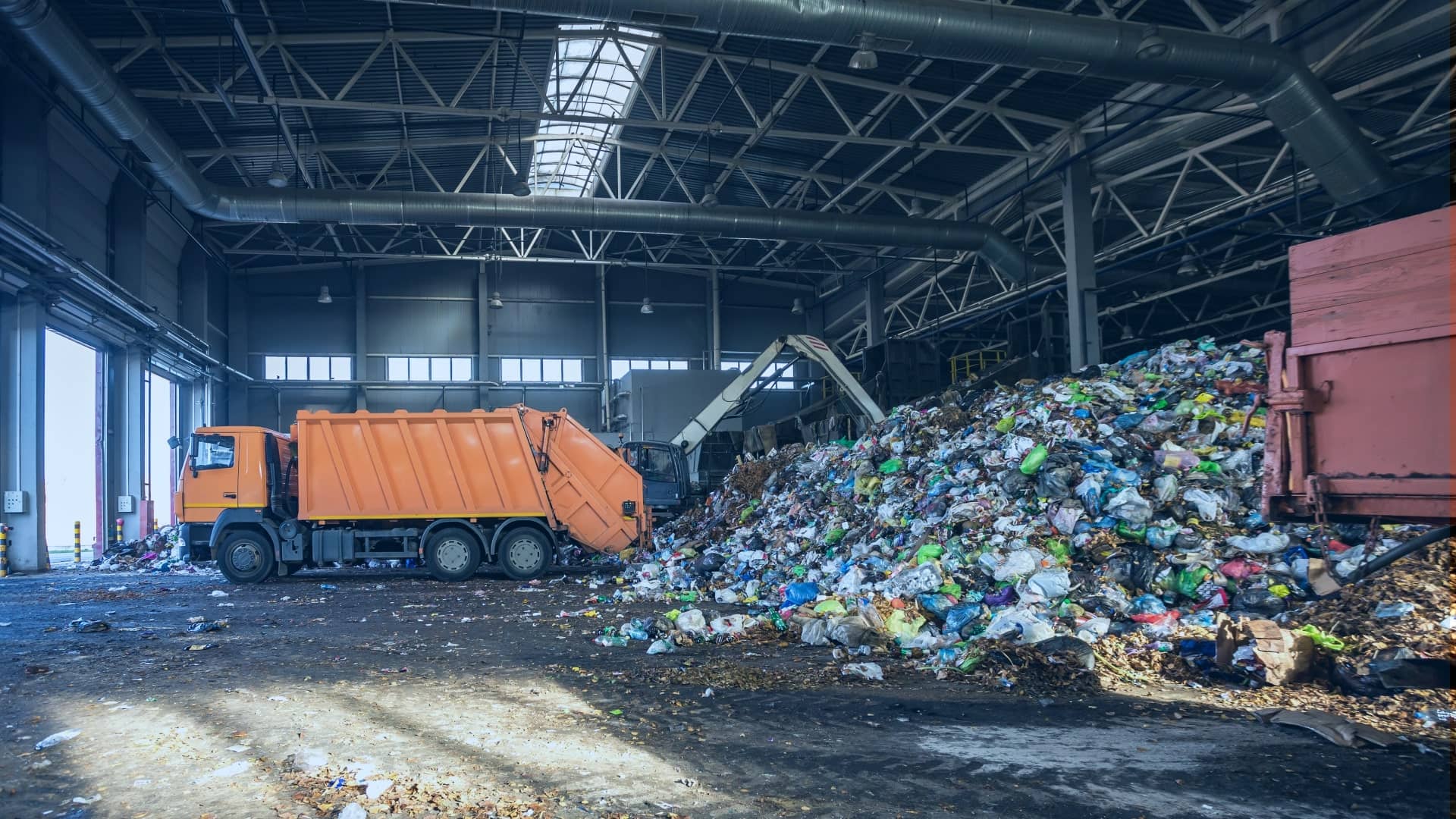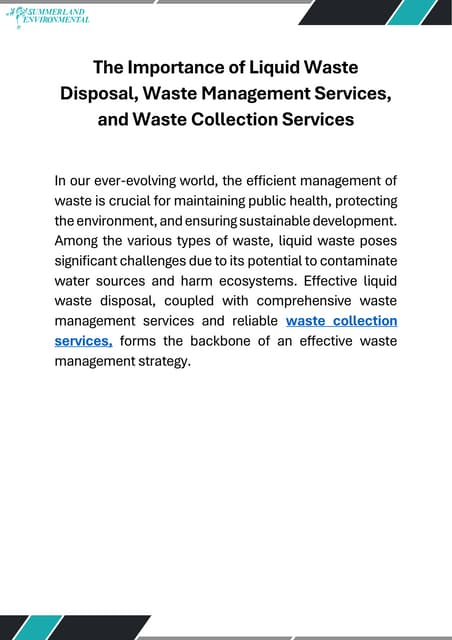Our Reclaim Waste Diaries
The Only Guide to Reclaim Waste
Table of ContentsThe Facts About Reclaim Waste UncoveredThe smart Trick of Reclaim Waste That Nobody is DiscussingThe 10-Minute Rule for Reclaim WasteThe Best Strategy To Use For Reclaim WasteNot known Facts About Reclaim Waste
Domestic sewer waste refers to the waste and products from a household septic storage tank. The appropriate management and disposal of domestic sewer waste require fluid waste to be transferred to a sewer therapy plant where the proper methods and devices are applied to detoxify and dispose of waste.
Commercial waste typically includes possible threats, such as combustible products or a blend of liquid and strong waste items, and requires an advanced and comprehensive disposal procedure. The disposal of business waste commonly involves the filtering of waste prior to transportation to make sure secure and proper disposal. Hazardous waste is developed from byproducts and overflow of commercial processes and production.
This sort of waste can not use the exact same sewer management transportation or processes as septic or industrial fluids. The hazardous waste management process needs the inspection and screening of liquid waste prior to it goes through the disposal procedure (liquid waste removal). Drainage waste is the fluid waste that originates from drainage and excess stormwater in very populated areas or cities
Overflow waste can trigger contamination and flooding if not taken care of correctly. Guaranteeing correct waste monitoring can prevent disasters and reduce ecological damage.
The Best Strategy To Use For Reclaim Waste
Get in touch with PROS Services today to learn more about our waste management and disposal services and the proper means to care for the fluid waste you produce.
(https://penzu.com/p/1f225eb6893bd9aa)Do you know what happens to your water when you draw the plug, purge the toilet or drain pipes the cleaning device? No? Well, it's worth recognizing. This supposed 'wastewater' is not just a vital source but, after treatment, will certainly be released to our land, rivers or the sea. Utilized water from toilets, showers, bathrooms, kitchen area sinks, laundries and commercial processes is known as wastewater.

water made use of to cool machinery or clean plant and equipment). Stormwater, a form of wastewater, is drainage that flows from farming and metropolitan locations such as roof coverings, parks, gardens, roads, paths and seamless gutters into stormwater drains, after rain. Stormwater streams untreated directly to local creeks or rivers, ultimately getting to the sea.
Not known Details About Reclaim Waste
In Queensland, the majority of wastewater is treated at sewage therapy plants. Wastewater is transferred from domestic or industrial sites through a system of sewage systems and pump stations, known as sewage reticulation, to a sewer therapy plant.
The Department of Natural Resources encourages regional governments regarding managing, operating and keeping sewage systems and therapy plants. In unsewered areas, local federal governments might need householders to install individual or household sewer treatment systems to deal with residential wastewater from toilets, kitchen areas, washrooms and washings. The Department of Natural Resources authorises making use of house systems when they are verified to be efficient.
In some brand-new neighborhoods, therapy of some stormwater to eliminate litter, sand and crushed rock has begun making use of gross contaminant catches. Wastewater therapy happens in 4 stages: Gets rid of solid issue.
Wastewater after that moves into big storage tanks where solids work out and are gotten rid of as sludge. Grease and scum are skimmed from the surface. Utilizes tiny living organisms knows as micro-organisms to damage down and get rid of staying liquified wastes and fine fragments. Micro-organisms and wastes are incorporated in the sludge. Eliminates nitrogen and phosphorus nutrients that could trigger algal blossoms in our rivers and intimidate aquatic life.
See This Report about Reclaim Waste
Nutrient elimination is not readily available at all sewage therapy plants since it needs costly specialized tools. It is coming to be more typical in Queensland. Clear liquid effluent produced after treatment may still consist of disease-causing micro-organisms. If this effluent is launched right into waterways such as rivers or the sea, the micro-organisms will at some point pass away out.

This typically suggests wastewater needs to be dealt with or impurities removed prior to it can be discharged to waterways. Many wastewater flows right into the sewage system. Under the Act, city governments provide approvals and permits for click site ecologically appropriate activities (Periods) including wastewater releases that might have a neighborhood effect. The department administers authorizations and licences to Periods entailing wastewater releases that might have a local or statewide impact.
How Reclaim Waste can Save You Time, Stress, and Money.
Surveillance provides factual information regarding water top quality and can validate that permit problems are being satisfied. The info gotten via surveillance offers the basis for making water top quality decisions.